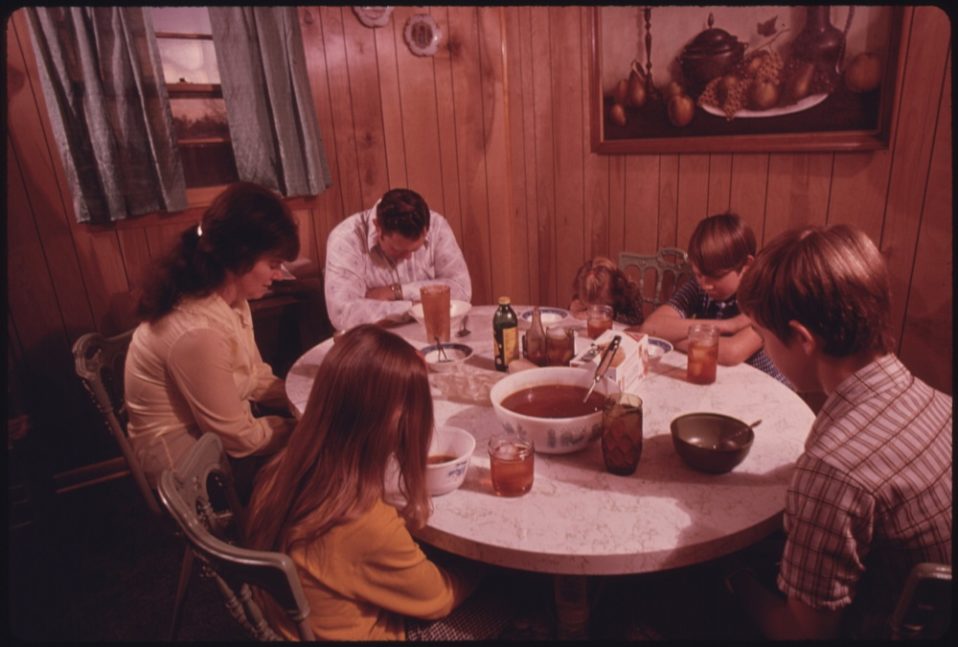” Making good decisions is a crucial skill at all levels ” – Peter Drucker
The other day, I was talking to an atheist, who was giving a cogent description of his world view without the existence of God or any divine superpower. As we sparred amicably on this topic, he came to the subject of Fate or Destiny, and stated that there is no such thing. Everything that happens to him is because of the decisions he took in his life and he is fully responsible for them.
I loudly wondered how much of our decision making is truly well analyzed and how much is intuitive or random, taken in a few moments?
“Decision making” is a highly desirable trait in leaders today. Experts have well analyzed this space to identify kinds of decision making processes (Majority, Hierarchical, Consensus, Proportional), types of decision makers (Visionary, Guardian, Motivator, Catalyst) or approaches (Maximizing, Satisficing) and build various tools to improve our decision making ability. Yet how many leaders really go through a structured process and instead depend on their experience to take an ‘intuitive’ decision?
Malcolm Gladwell, in his book ‘Blink’ has talked about ‘thin slicing’ as the intuitive process by which we take snap decisions. He has described how information overload or over analysis can negatively impact the decision (and of course, consume more time). But he also adds that truly effective ‘thin slicing’ comes with experience, training and knowledge.
Taking another perspective, Dan Ariely in his book “ Predictably Irrational”, has shown ( with scientific experiments) that we are predictably irrational in taking decisions, and how ‘behavioral economics’ is very different from the ‘rational economics’ principles which are used to predict human behavior related to people and money.
As per Ariely, some factors that impact our preferences, decisions and behavior are :
- Relativity: Most of our decisions are based on comparisons and we go for the ‘better option’. This seems fine, but the challenge is that we go for the option which is easily perceived as better. For example, if a prospective tenant is shown two apartments (one of which is distinctly better) and a row house, then with all other things (price, facilities) being comparable, he might choose the better apartment, as it is easy to compare. Another example could be of appreciating an incompetent employee just because he is relatively the best.
- Price Acceptance: Once we buy a product at a price, we tend to accept that price for future purchases. On the other hand, we resist paying a higher price (though fully justified) for something we got cheap in the past, unless it is offered in a very different ‘packaging’. Many of us also tend to correlate a higher price with better quality. In large organizations, the Purchase manager may not question a negotiated price in subsequent transactions.
- Social acceptance: We are happy to do some work for free (for social acceptance) but would behave differently if we are offered money for it. Thus, managers may resist extending coaching or mentoring help in the office space (where they are being paid for their time), but do it willingly and free in a different setting.
- Lure of ‘free’ offerings: We tend to grab something which is offered free though we may eventually lose more by taking that option. Typical case is Amazon’s offering of free shipping for purchases of more than certain amount, where consumers tend to add unnecessary items to the list just to get free shipping.
- Endowment effect: We tend to ascribe higher value to what we own (an old jacket or car) and hold on to it as there is no buyer at our ridiculous price. In the corporate world, this could be related to products or businesses which had a glowing past, but are now dragging along.
- Getting what we expect: A manager decides that an employee is not competent, and realizes that he is consistently getting that impression. He speaks to another manager and gets a surprisingly different response about that employee. This is quite common in our relationships, products consumed or experiences.
Though there are well structured methods for decision making, in today’s fast paced world, with information overload, a corporate leader has to take quick decisions based on his understanding. How does one manage the lack of time and our inherent irrationality and yet reach more effective decision making?
A few pointers which could possibly help:
- How complex is the decision? : Seems the most important decisions we take are intuitive. Big life decisions like marriage, job, friends, education are usually too complex and we decide intuitively on what to do. In that case, we may tend to go for the ‘better option’, get what we expect and then we ascribe higher value to it as we own it now. (bad investments, unhappy marriages, failed products ). So if the decision seems too complex, seems a good idea to hold and ruminate on it before jumping to conclusions.
- How important is the decision? : As someone said, “if we do not spend time on important decisions, we treat minor decisions as important”. Managers tend to analyze (and waste time) on minor challenges and when it is time to take an important decision, they rush intuitively into it. Some decisions need to be ‘maximized’ (allocating regions to a sales team), while some may need to be ‘Satisficed’ (awards for performers) and understanding the difference is crucial.
- What can be done different? A good way to confront our subliminal irrationality, especially if it is an important decision. Are we being lured by something ‘free’, or deciding on a better option (which is not really good enough)? Open discussions and brainstorming are a great way to think differently and deserve the time given to them.
- Am I competent to do ‘thin slicing’? : We may have over confidence on our ability to take a quick decision, but it may have disastrous results. If we find a gap in our depth of knowledge, training or experience, we could take support of an expert or have a discussion with the team.
Decision making is a vital competency for a leader, and presumably more complex. Using a healthy combination of ‘thin slicing’, awareness of our ‘predictable irrationality’ and structured decision making could make a big difference for us and our organizations.
Any thoughts or feedback are welcome!





Post a comment